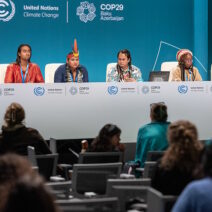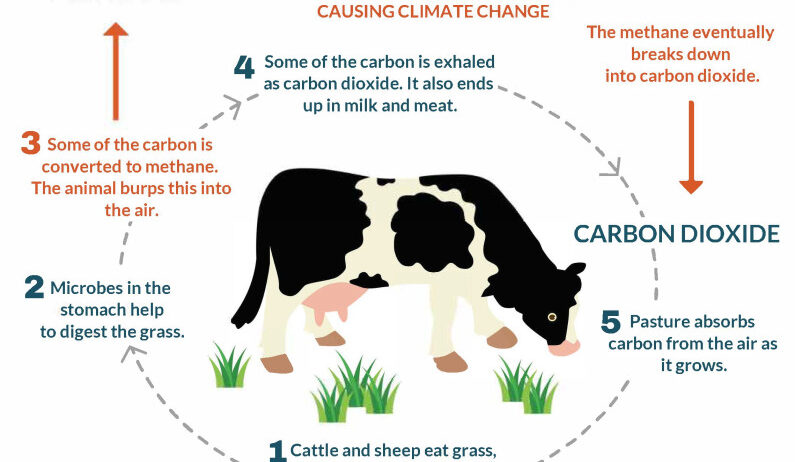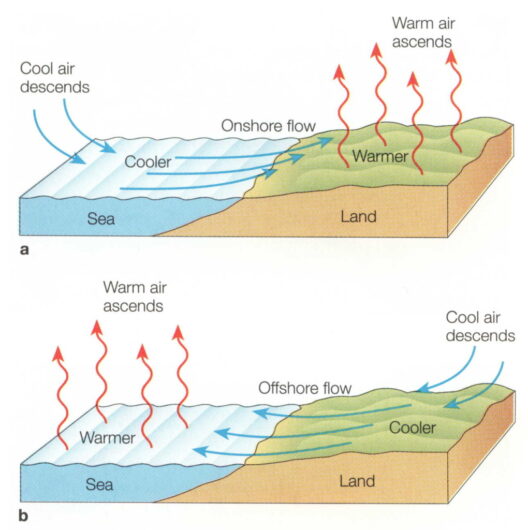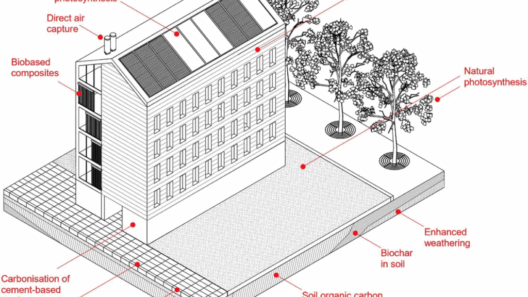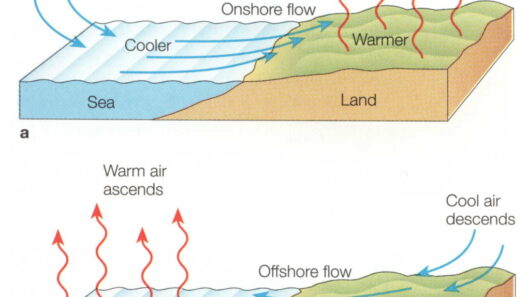Climate change represents one of the most pressing challenges humanity faces today. It is predominantly driven by human activities, which release greenhouse gases into the atmosphere, leading to a warming planet. This article aims to explore the multifaceted ways in which human actions contribute to climate change, with particular emphasis on emissions from vehicles, industrial processes, and agricultural practices.
One of the most conspicuous contributors to climate change is the internal combustion engine found in cars. The transportation sector is responsible for a significant share of greenhouse gas emissions, particularly carbon dioxide (CO2). When fossil fuels, such as gasoline and diesel, are combusted in vehicles, a chain reaction occurs that releases CO2 into the atmosphere. This process of emissions is exacerbated by the sheer volume of cars on the road, as urbanization continues to grow. Traffic congestion not only leads to inefficient fuel consumption but also heightens pollution levels, resulting in further detrimental effects on air quality and public health.
However, the impact of transportation extends beyond just cars. Aviation and shipping industries also contribute substantial emissions. Aircraft engines discharge CO2, nitrogen oxides, and water vapor at high altitudes, where these pollutants can exacerbate the greenhouse effect more intensely than at ground level. Similarly, international shipping, which relies heavily on bunker fuels, releases large quantities of sulfur oxides and particulate matter into the atmosphere. This cumulatively illustrates that our reliance on fossil fuels in various transport modalities is a critical factor in the lens of climate change.
Moving from the roads and skies to production, industrial activities represent another significant cause of climate change. The manufacturing sector, particularly that of cement, steel, and chemicals, releases extensive quantities of greenhouse gases. For instance, the production of cement alone accounts for about 8% of global emissions. This is primarily due to the calcination process in which limestone (calcium carbonate) is heated to produce lime (calcium oxide) and CO2 is released as a byproduct. Furthermore, chemical reactions in the production of plastics and synthetic materials can further amplify greenhouse gas output, creating a feedback loop where increased demand for products leads to increased emissions.
Nonetheless, the impact of human activities isn’t solely urban or industrial; agriculture also plays a pivotal role in the climate crisis. Agricultural emissions mainly stem from livestock, rice cultivation, and the use of fertilizers. Cattle, for example, are significant methane (CH4) emitters due to enteric fermentation—a digestive process that occurs in ruminants. Methane is a potent greenhouse gas with a warming potential that is over 25 times greater than carbon dioxide over a 100-year period. In fact, livestock production is one of the largest sources of methane emissions, with the Food and Agriculture Organization estimating that livestock accounts for approximately 14.5% of global emissions.
Rice, another staple crop, releases methane during its growth process, especially when fields are flooded. These anaerobic conditions create a conducive environment for methane-producing microbes. Furthermore, the application of nitrogen-based fertilizers in agriculture results in the release of nitrous oxide (N2O), another greenhouse gas with a global warming potential nearly 300 times that of CO2. This demonstrates that our food production systems are not only responsible for feeding the growing population but are also intricately linked to the increasing concentrations of greenhouse gases in the atmosphere.
The link between urban development and climate change is equally significant. Deforestation occurs at alarming rates, primarily to make way for agriculture, urban expansion, or logging. Trees act as carbon sinks, absorbing CO2 from the atmosphere, and their removal not only releases stored carbon but also diminishes the planet’s capacity to sequester future emissions. Moreover, the loss of biodiversity and natural habitats, in tandem with the displacement of indigenous populations, adds to the complexity of climate impacts, underscoring the need for multi-faceted solutions.
In light of these numerous contributors, the accountability for climate change lies squarely within human hands. The interconnectedness of emissions from transportation, industry, and agriculture illustrates that solutions must be holistic. Transitioning to renewable energy sources, enhancing public transportation, developing energy-efficient technologies, and adopting sustainable agricultural practices are essential steps toward mitigating climate change. Innovation in carbon capture and storage technology, stricter regulatory frameworks, and public awareness campaigns are additional avenues through which societies can confront the climate crisis.
Furthermore, collaboration among governments, businesses, and individuals is imperative. International agreements like the Paris Agreement aim to hold nations accountable for their emissions and foster global cooperation. Collective action at multiple levels—local, national, and global—can catalyze significant change, not just in terms of emission reductions but also in the cultivation of sustainable practices.
The call to action is clear. The impacts of climate change are pervasive and escalating, threatening ecosystems, economies, and human health. A multifarious approach to understanding how human activities contribute to climate change—from cars to cattle—underscores the necessity for informed, decisive action across all sectors of society. By utilizing sustainable practices, developing green technologies, and fostering a culture of environmental stewardship, humanity can begin to reverse the trajectory of climate change and safeguard the planet for future generations.

